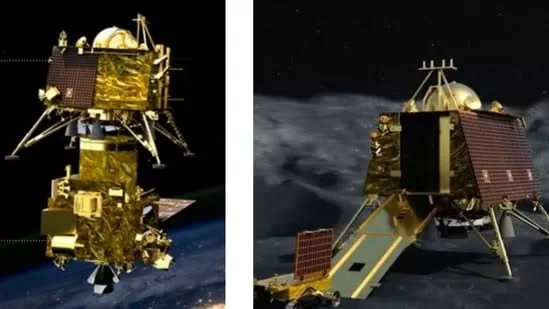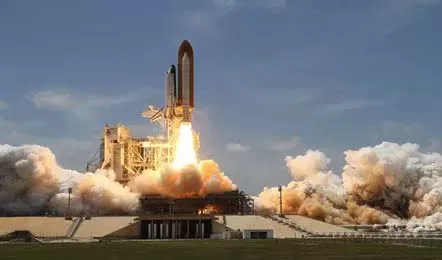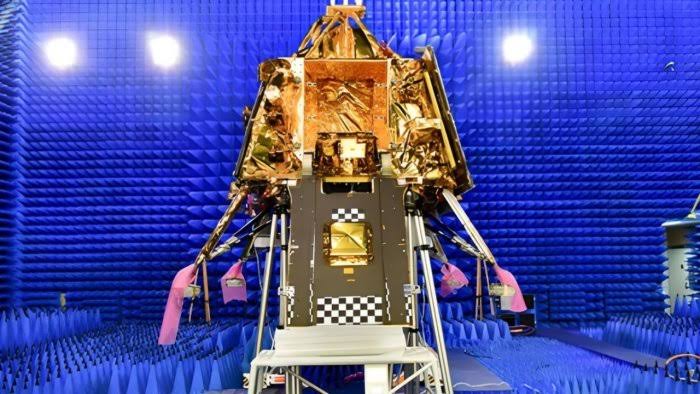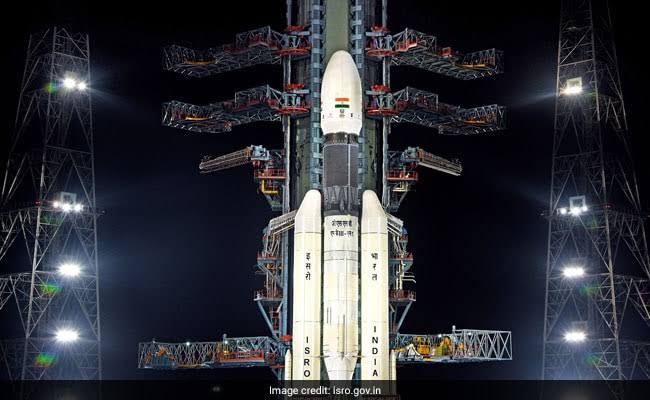In a monumental leap for space exploration, the Indian Space Research Organisation (ISRO). Along with the Japan Aerospace Exploration Agency (JAXA). The National Aeronautics and Space Administration (NASA). And the European Space Agency (ESA), has embarked on a groundbreaking mission known as Chandrayaan 4. This collaborative effort aims to unravel...
Chandrayaan-3's failure-based design is an approach to spacecraft design that focuses on identifying and mitigating potential failures. This is done by designing the spacecraft with redundancy and flexibility, so that it can continue to function even if some components fail. Failure-based design is a key part of Chandrayaan-3's design, as...
Introduction India has once again made waves in the world of space exploration with the successful Lander Separation of the Chandrayaan-3. This remarkable achievement marks a significant milestone in India's ongoing mission to explore the Moon and further solidifies its position in the global space community. In this article, we...
The Chandrayaan-3 mission is a high-lifting rocket developed by the Indian Space Research Organisation (ISRO). It is a three-stage vehicle that is capable of lifting a payload of up to 40 tons into low Earth orbit. The rocket is powered by a combination of solid and liquid fuel engines. The...
Introduction Launch Chandrayaan-3 - In the ever-evolving realm of space exploration. The Indian Space Research Organisation (ISRO) is set to make waves once again. With its upcoming mission, Chandrayaan-3. Building upon the success of its predecessors, Chandrayaan-1 and Chandrayaan-2, this mission promises to be a giant leap for India's lunar...
Chandrayaan-3 is India's third lunar mission, and it is considered to be the most difficult mission yet for the Indian Space Research Organization (ISRO). There are a number of reasons for this: The mission will involve a soft landing on the lunar surface, which is a very challenging task. The...
Chandrayaan-3 is a planned third lunar exploration mission by the Indian Space Research Organisation (ISRO). It would consist of a lander and a rover similar to the Chandrayaan-2 but would not have an orbiter. Its propulsion module will behave like a communications relay satellite. The spacecraft is scheduled to be...







